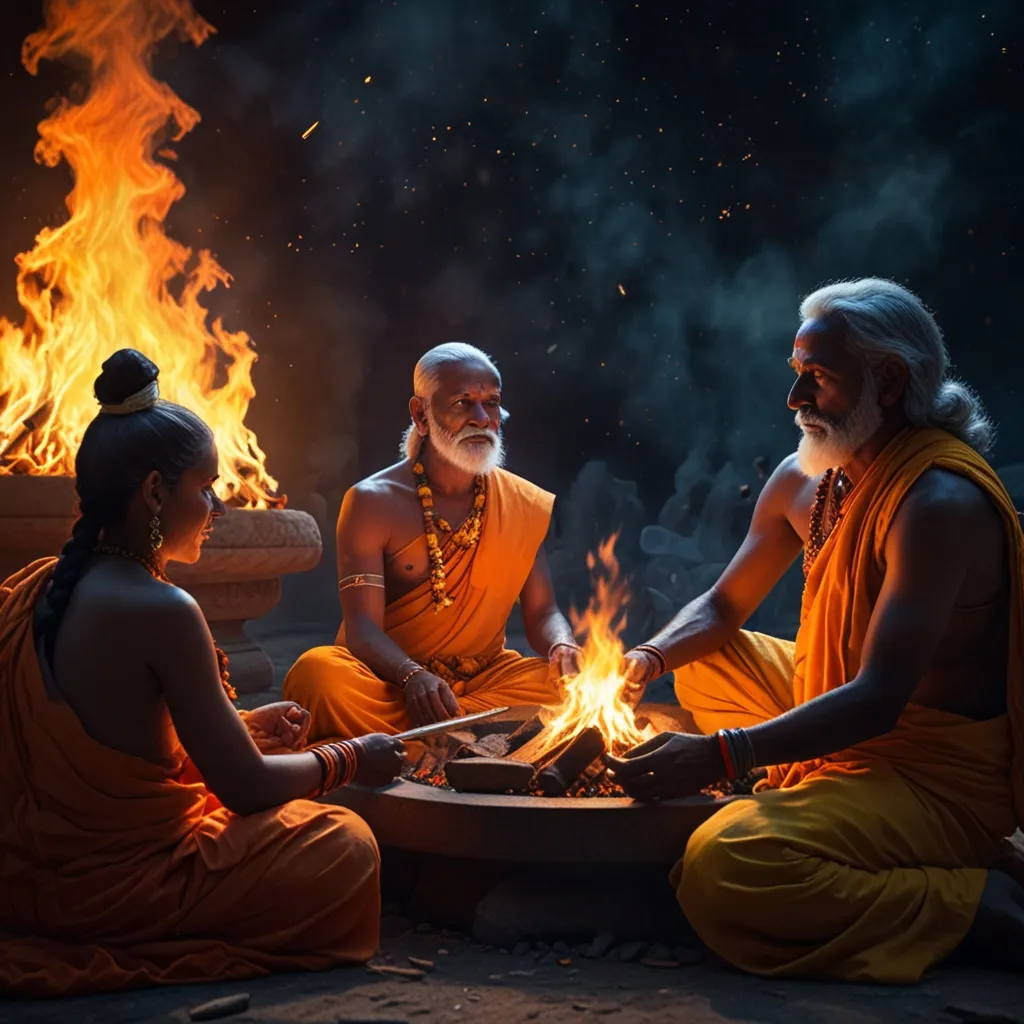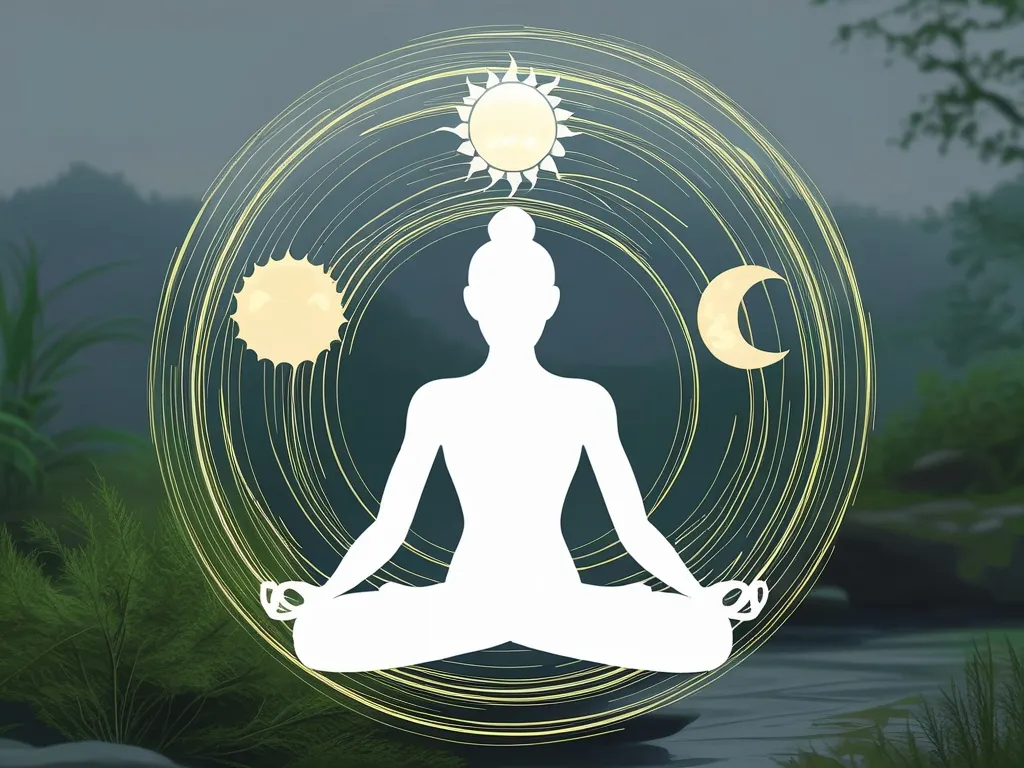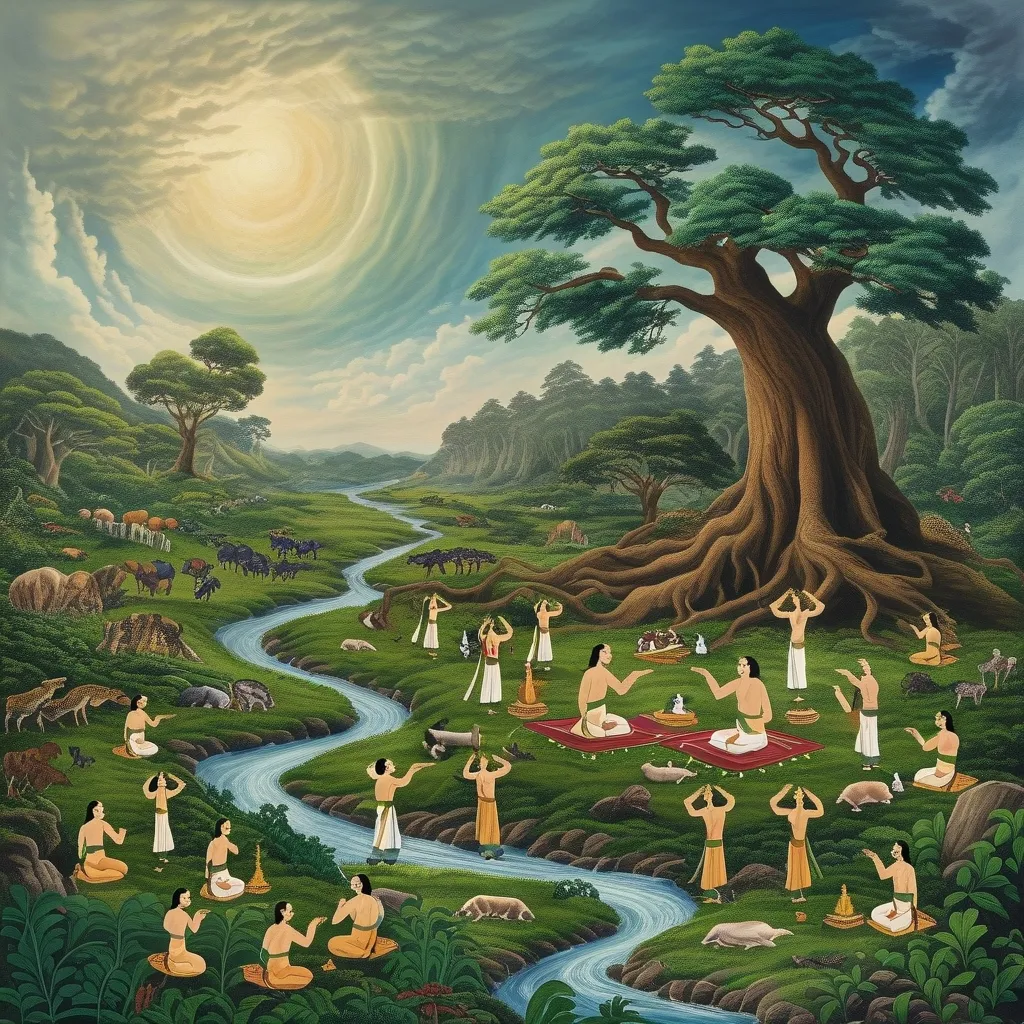The Rig Veda, one of the oldest and most respected texts in Hinduism, has been wowing folks since way back between 1400 and 900 BCE. Think of it as an epic collection of hymns that praise the gods, chats about rituals and sacrifices, and dives into the big questions about the universe and our place in it. It’s been passed down orally for over a thousand years before anyone thought to write it down.
This ancient text sits proudly at the top among the four Vedic texts - the Rig Veda, Yajurveda, Samaveda, and Artharvaveda. They’re the bedrock of ancient Indian religion, full of hymns, mantras, and prayers. The Rig Veda itself is split into ten books or mandalas. The “Family Books,” which are Books 2-7, are the oldest. Most of these hymns were penned by poets from the same family lines. Books 1 and 10 are the newer additions, with Book 9 focusing purely on Soma, a sacred drink offered to the gods.
These hymns aren’t just poetry; they’re the heart of many Hindu rituals. The Soma sacrifice is a big deal in Vedic rites, and loads of hymns talk about it. Agni, the god of fire, and Soma, the sacred beverage, pop up a lot because they’re crucial to these practices. Agni’s all about carrying prayers up to the gods, while Soma is celebrated for its unique effects, both stimulating and euphoric.
One of the most well-known hymns in the Rig Veda is the creation hymn, Rig Veda 10:129. This hymn’s all about the mystery of creation, throwing out questions about what was there before the world kicked off. It paints a picture of a primordial nothingness and suggests that the birth of the cosmos is something beyond our grasp. It’s often read as saying that while we might not get the full picture, we can try to describe how the world came to be.
The Rig Veda also sheds light on early Indian society. The hymns sing the praises of many gods, like Indra, known for his heroic exploits, and Agni, who is seen as a priestly figure and giver of wealth. Other gods like Varuna and Mitra get mentions too, even if they’re not front and center. The ancient term “Asura” is used here to describe these gods, similar to “Ahura” in ancient Iranian culture.
But the Rig Veda isn’t just about religion. It’s a peek into the cultural, social, and philosophical world of ancient India. The hymns show a strong bond with nature and the cosmos and reveal some pretty sophisticated thinking about human life. They underscore the importance of rituals and sacrifices in daily life and spiritual practices of that time.
All in all, the Rig Veda is a goldmine of ancient wisdom. It’s got everything from religious insights to reflections on society, making it a must-read for anyone curious about the roots of Hinduism.






